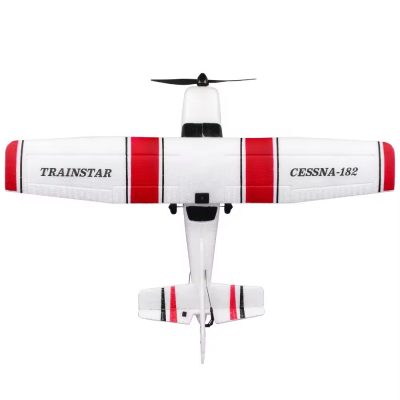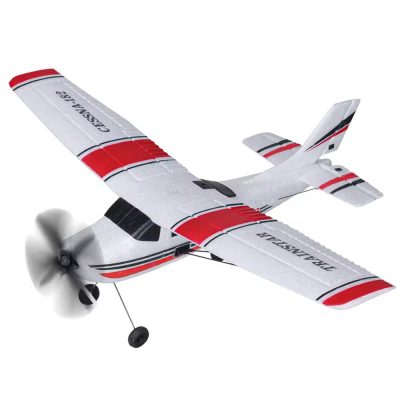Introduction
Flying RC airplanes is a thrilling hobby, but weather conditions can significantly impact your flying experience. Understanding how to adapt to different weather scenarios is crucial for safe and enjoyable flights. In this blog post, we’ll provide tips for flying RC airplanes in various weather conditions, ensuring you’re prepared to handle whatever nature throws your way.
1. Calm Weather
Calm weather is ideal for flying RC airplanes, offering stable and predictable conditions:
- Early Mornings and Late Evenings: These times of day often have the calmest weather, with minimal wind and turbulence. Plan your flights during these periods for the best experience.
- Lightweight Models: Use lightweight and slow-flying models in calm weather to maximize control and enjoyment. These airplanes are easier to handle and provide a relaxed flying experience.
2. Light Wind
Light wind can add a bit of challenge but is generally manageable with proper techniques:
- Wind Orientation: Take off and land into the wind to improve stability and control. This approach reduces the ground speed and helps maintain lift during critical phases of flight.
- Adjust Controls: Use small, smooth control inputs to counteract wind effects. Avoid overcorrecting, as this can lead to erratic flight behavior. Practice flying in light wind to build confidence and skill.
3. Moderate Wind
Flying in moderate wind requires more skill and preparation:
- Heavier Models: Opt for heavier and more aerodynamic models that can better withstand wind. These airplanes have greater inertia and are less affected by gusts.
- Wind Speeds: Monitor wind speeds and avoid flying in winds exceeding your model’s capabilities. Refer to the manufacturer’s guidelines for safe wind limits.
- Stay Upwind: Keep the airplane upwind of your position to ensure it doesn’t get carried away. If you lose control, having the airplane upwind provides more time to recover.
4. Strong Wind
Strong wind presents significant challenges and risks for RC airplane pilots:
- Consider Postponing: If the wind is too strong, it’s best to postpone your flight. Strong wind can cause instability, loss of control, and potential damage to your airplane.
- Short Flights: If you decide to fly, keep your flights short and stay close to your position. This approach minimizes the risk of losing the airplane and allows for quick landings if conditions worsen.
- High Wind Skills: Experienced pilots can practice high wind maneuvers to improve their skills. However, always prioritize safety and avoid taking unnecessary risks.
5. Hot Weather
Hot weather can affect both the performance of your airplane and your comfort:
- Battery Management: High temperatures can cause batteries to overheat. Ensure proper ventilation and avoid prolonged use to prevent damage. Allow batteries to cool down between flights.
- Pilot Comfort: Stay hydrated and take breaks in the shade to avoid heat exhaustion. Wear light, breathable clothing and use sunscreen to protect yourself from the sun.
- Check Electronics: Heat can affect electronic components, causing malfunctions. Regularly check your electronics for signs of overheating and ensure they are functioning correctly.
6. Cold Weather
Cold weather presents unique challenges, including battery performance and pilot dexterity:
- Battery Warmth: Cold temperatures can reduce battery efficiency and flight time. Keep batteries warm before use and avoid exposing them to extreme cold for prolonged periods.
- Warm Clothing: Dress in warm layers and wear gloves to maintain dexterity. Choose gloves that allow for precise control inputs without sacrificing warmth.
- Ice and Snow: Be cautious of ice and snow, which can affect takeoff and landing surfaces. Use a dry area for takeoffs and landings to avoid slipping and potential damage.
Conclusion
Flying RC airplanes in different weather conditions requires preparation, skill, and adaptability. By understanding how to handle calm weather, light wind, moderate wind, strong wind, hot weather, and cold weather, you can ensure safe and enjoyable flights year-round. Always prioritize safety, monitor weather conditions, and adjust your flying techniques accordingly to make the most of your RC flying experience.








